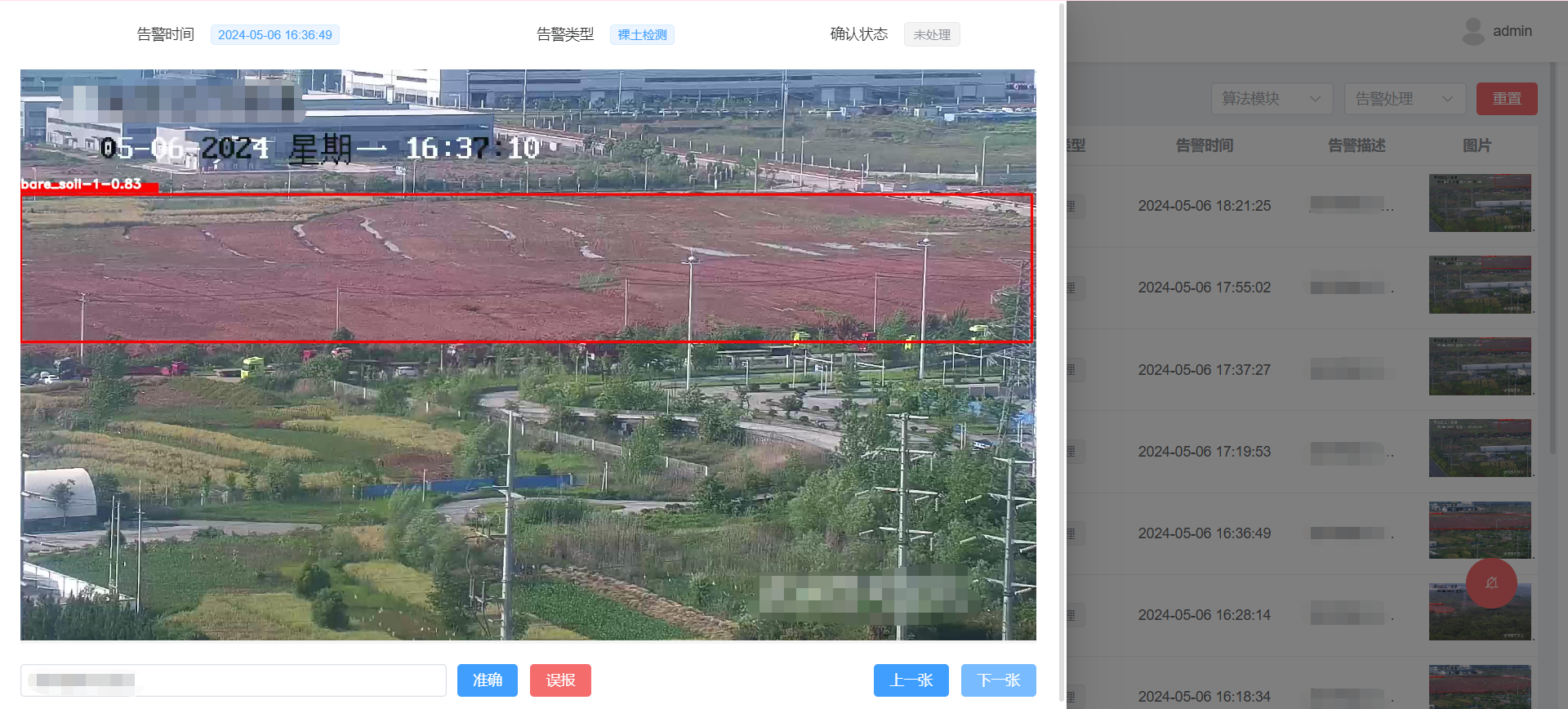1、搜索 BotFather ,输入命令 /newbot 创建机器人。

2、修改机器人信息 /mybots

编辑名称 : 修改机器人名称
编辑关于: 修改关于 hayden yyds,修改以后打开机器人会出现在下图
编辑描述 : 机器人的描述
编辑描述图片 : 机器人的图片
编辑 Botpic : 点击以后发送图片,修改机器人的头像
编辑命令 : 编辑命令以后机器人对话框旁边会出现菜单,点击菜单可以出现我们编辑d

创建小程序:发送 /newapp 命令,选择关联小程序的机器人。 然后按照提示输入标题和描述。

完成以后会要我们 :现在上传演示 GIF 或发送/empty 以跳过此步骤。
我们跳过以后会让我们输入小程序外部链接的https的url。
完成以后:很好!现在请为您的 Web 应用选择一个简称:3-30 个字符,a-zA-Z0-9_。此简称将用于 t.me/TetrisHayDenBot/myapp 等 URL,并作为您的 Web 应用的唯一标识符。

完成以后返回给我们小程序的访问链接地址

将我们机器人菜单改为自定义按钮。
输入命令: /mybots ,点击 Menu Button

后续。。。。。。

到此我们完成了TG小程序配置
使用TG小程序交互我们web平台,进行登录操作
Telegram Web Apps在启动时会提供一个initData和hash参数,用于验证数据的完整性和来源。你可以使用这些参数来确保数据没有被篡改。
当我们获取到了initData以后可以做一个hash验签:
package com.app.web;
import org.apache.commons.codec.binary.Hex;
import org.springframework.boot.SpringApplication;
import lombok.extern.slf4j.Slf4j;
import org.apache.commons.codec.digest.DigestUtils;
import org.apache.commons.codec.digest.HmacAlgorithms;
import org.apache.commons.codec.digest.HmacUtils;
import org.springframework.boot.autoconfigure.SpringBootApplication;
import org.springframework.scheduling.annotation.EnableScheduling;
import javax.crypto.Mac;
import javax.crypto.spec.SecretKeySpec;
import java.io.UnsupportedEncodingException;
import java.net.URLDecoder;
import java.nio.charset.StandardCharsets;
import java.util.Arrays;
import java.util.Map;
import java.util.stream.Collectors;
@Slf4j
@EnableScheduling
@SpringBootApplication
public class PeipeiApplication {
public static void main(String[] args) {
// initData和botToken
String initData = "user=%7B%22id%22%3A5000109645%2C%22first_name%22%3A%22John%22%2C%22last_name%22%3A%22Zeng%22%2C%22language_code%22%3A%22zh-hans%22%2C%22allows_write_to_pm%22%3Atrue%7D&chat_instance=-1844952925335620055&chat_type=private&auth_date=1720850073&hash=79b805a0d61c577211e63fa8f2df178c87eff97ce162218fffc84faa2f84e900";
//这个botToken就是我们创建机器人的token,创建的机器人和TG小程序绑定的
String botToken = "5000906011:AAFqS3Ygb9eKYHJ8jJ_ply_3awwC79DrbeY";
// 提取hash并解码其余的键值对
Map<String, String> params = Arrays.stream(initData.split("&"))
.map(param -> param.split("=", 2))
.collect(Collectors.toMap(
arr -> arr[0],
arr -> {
try {
return URLDecoder.decode(arr[1], StandardCharsets.UTF_8.name());
} catch (UnsupportedEncodingException e) {
throw new RuntimeException(e);
}
}
));
// 提取并移除hash
String hash = params.remove("hash");
// 按键名排序其余的键值对
String dataCheckString = params.entrySet().stream()
.sorted(Map.Entry.comparingByKey())
.map(entry -> entry.getKey() + "=" + entry.getValue())
.collect(Collectors.joining("\n"));
// 生成密钥
byte[] secretKey = hmacSha256("WebAppData", botToken);
// 生成HMAC-SHA256签名
String computedHash = hmacSha256Hex(secretKey, dataCheckString);
// 验证hash
if (computedHash.equals(hash)) {
System.out.println("Data is valid");
} else {
System.out.println("Data is invalid");
}
}
private static byte[] hmacSha256(String key, String data) {
try {
Mac mac = Mac.getInstance("HmacSHA256");
SecretKeySpec secretKeySpec = new SecretKeySpec(key.getBytes(StandardCharsets.UTF_8), "HmacSHA256");
mac.init(secretKeySpec);
return mac.doFinal(data.getBytes(StandardCharsets.UTF_8));
} catch (Exception e) {
throw new RuntimeException("Failed to calculate hmac-sha256", e);
}
}
private static String hmacSha256Hex(byte[] key, String data) {
try {
Mac mac = Mac.getInstance("HmacSHA256");
SecretKeySpec secretKeySpec = new SecretKeySpec(key, "HmacSHA256");
mac.init(secretKeySpec);
byte[] hashBytes = mac.doFinal(data.getBytes(StandardCharsets.UTF_8));
return Hex.encodeHexString(hashBytes);
} catch (Exception e) {
throw new RuntimeException("Failed to calculate hmac-sha256 hex", e);
}
}
}



![[AHK] WinHttpRequest.5.1报错 0x80092004 找不到对象或属性](https://i-blog.csdnimg.cn/direct/c90f6c0a22d24a3a89f9b6f0a63a2bee.png)















